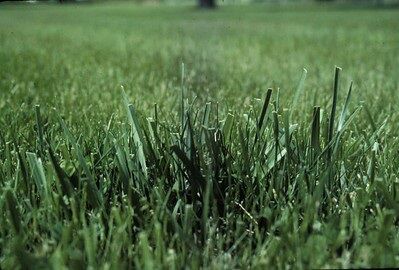Starting tuberous begonias indoors
Tuberous begonias are available in upright and trailing types, single and double flowers and a wide variety of vibrant colors and flower forms and are a gardener’s favorite for easily brightening a shady corner of the garden. Unfortunately, they will not survive harsh winter weather outdoors and must be dug in the fall and stored indoors through the winter months.
Now is the time to begin thinking about getting them out of storage and ready for spring planting. Here are some tips from Iowa State University Extension and Outreach horticulturists on dates and procedures for starting tuberous begonias. For more information, contact the ISU Hortline at 515-294-3108 or [email protected].
When should I plant tuberous begonia tubers indoors?
Plant tuberous begonia tubers indoors eight to 10 weeks before the average last spring frost in your area. (Flowering typically begins 12 to 14 weeks after planting.) Start tuberous begonias in pots or other suitable containers. All containers should have drainage holes in the bottom. Use a well-drained potting mix. When planting the tubers, place the concave or indented side upward. The rounded side is the bottom. Cover the tubers with one-half to 1 inch of potting soil. Water well. Then place the containers in a warm, 70 degree Fahrenheit location. Since the tubers are susceptible to rotting, keep the potting soil moist, but not wet. Once the tubers sprout, move the plants to a sunny window or place under fluorescent lights. Fertilize plants with a dilute fertilizer solution every two to four weeks.
Can I grow tuberous begonias from seeds?
Tuberous begonias can be grown from seeds. However, growing plants from seeds is challenging. Tuberous begonia seeds are tiny. There are approximately one million seeds per ounce. To make the seeds easier to sow, tuberous begonia seeds are usually coated with inert materials. (The process of coating seeds with inert materials is referred to as pelleting. Pelleted seeds of many flowers and vegetables are available to commercial growers and home gardeners.)
Tuberous begonia seeds should be started indoors 14 to 16 weeks before the intended outdoor planting date. Seeds should be pressed into the germination medium, but not covered with material as the seeds need light for germination. After the seeds have been sown, carefully moisten the germination medium and then cover the container with clear plastic wrap or a plastic dome to keep the medium evenly moist. The temperature of the germination medium should be 75 F. The seeds should germinate in two to three weeks.
When the seeds germinate, immediately remove the plastic wrap or dome and place the seedlings under fluorescent lights. The lights should be positioned within 4 to 6 inches of the seedlings and left on for 12 to 14 hours each day. The growing temperature should be 60 to 65 F. The seedlings should be ready to transplant into individual containers four to five weeks after germination.
When can I plant tuberous begonias outdoors?
Tuberous begonias are frost sensitive. Plant tuberous begonias outdoors after the danger of frost is past. In central Iowa, mid-May is an appropriate planting date.
Plants started indoors or purchased at a greenhouse should be hardened outdoors seven to 10 days before planting. Initially place the plants in a shady, protected location. The tuberous begonia foliage will be damaged (burned) if immediately placed in direct sun. Strong winds can easily tear the tender foliage or break the brittle stems. During the hardening procedure, gradually expose plants to longer periods of sun and wind.

